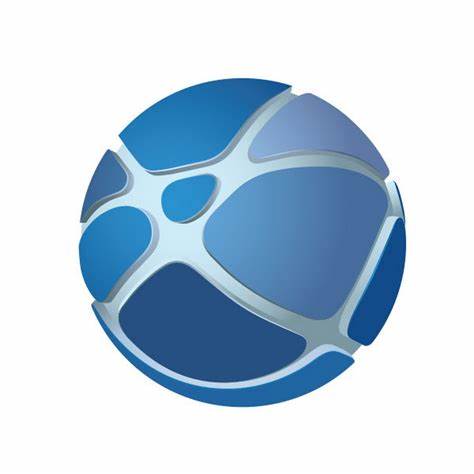SOLIDWORKS Efficient Modeling and Design Intent training course
Maximizing your productivity when designing in SOLIDWORKS is a continuous pursuit. It involves staying up-to-date on new features, learning when and how to apply them, a willingness to challenge the way you do things today, and of course practice, practice, practice. Over time you will discover your own best practices that allow you to translate your ideas into parts, assemblies, and drawings at a faster and faster rate. However, an interesting challenge emerges when you take into account that you’re not designing for yourself.
Designing for the product lifecycle
The work you produce will be touched by many hands during its lifetime. The part you created may have to fit into a complex assembly that you don’t control. It may require analysis and prototyping to ensure safety standards are met. If changes are needed, the change order might land on a colleague’s desk, not yours. Eventually, if all goes well, your product will be manufactured and marketed to your customers.
It’s important to understand the impact design decisions have on the entire life cycle of your product. When you design with your product lifecycle in mind, minor choices must be executed strategically. Which plane should you put your first sketch on? Should you use that fancy new fillet option you discovered or will it make your part impossible to manufacture? Will you and your colleagues be able to pick up your design months later and understand why you dimensioned that hole pattern the way you did?
Standardizing and unifying your design practices
To maximize productivity and efficiency, you must standardize and unify design practices. The product you create will be optimized for testing, maintenance, and reliability. When you pay attention to design intent, the cost of development, the number of iterations, and the percentage of failures decrease. Not only will you benefit from optimizing your work, but your team will as well.
Organizing your SOLIDWORKS design process
In this course, you’ll develop best practices for producing parts, assemblies, and drawings that are not only dynamic but painless to work with. Learn how a well-organized feature tree allows you and others to quickly understand your design and the intent behind it and evaluate situations where it makes sense to consolidate features to save time, but also consider examples where consolidation is not the best choice in the long run.
At the completion of this course, you’ll earn a Technical Certificate to show your ability to design with the entire product lifecycle and your team in mind!
























